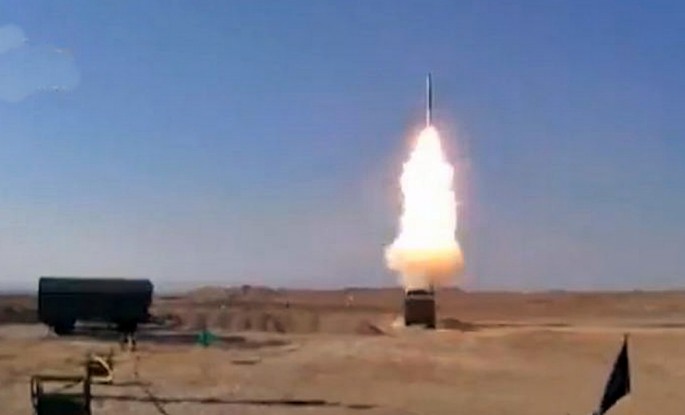The Islamic Republic of Iran reports a successful first test of the S-300PMU2 "Favorit" air defense missile system made in Russia and delivered in October 2016.
The S-300, however, is an obsolete system by modern standards. It's over 20 years old and is no longer the premier front-line defense system with the Armed Forces of the Russian Federation.
The last S-300 was produced for the Russian Army in 1994. Russia no longer sells the S-300 for export.
Iranian state-owned media said the test of the S-300 system took place in Iran's central desert during a recent military exercise named Damvand. The S-300 surface-to-air missile (SAM), the 48N6E, was said to have shot down "various flying objects," among which were target missiles.
Video of the S-300 test launch on March 3 was shown on Iranian state-owned television.
In October 2016, Iran took complete delivery of five battalions of the S-300PMU2 system. The delivery will allow Iran to build its long-cherished anti-access/area denial (A2/AD) defensive network covering the Persian Gulf and the strategically important Strait of Hormuz.
An Iranian A2/AD system in the vicinity of the Strait of Hormuz will be severe threat to United States' allies in the Middle East, especially Saudi Arabia, Iran's staunchest foe.
It might prove strategically intolerable for the U.S., which has consistently championed freedom of navigation in international waters.
The S-300PMU2 missile system delivered to Iran was built by Almaz-Antey, one of Russia's major makers of air defense systems and part of the Rostec group. Iran paid $1 billion for its S-300PMU2 system.
The sharp end of this SAM system is its Russian-made 48N6E interceptor. These missiles have a maximum range of 150 kilometers and can reach a maximum altitude of 30 km.




























